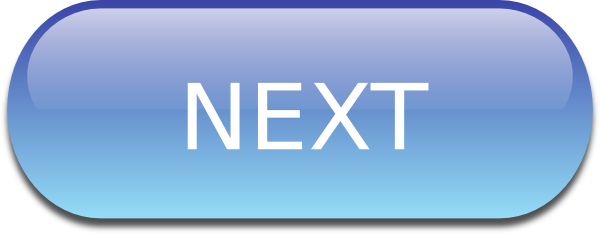
There are a few different ways you transcribe the audio or video to the typed document. The ones to be aware of are:
Exact Verbatim
Also know as “Script Transcription.” At this level of detail, you transcribe everything that the speakers say. Stuttering or unfinished words or sentences will be transcribed, as well as superfluous speech such as “umm”, “ah”, “you know”, and nonverbal sounds (laughter, sighing).
Any pauses or interruptions will be included, as well as remarks (yeah, OK) by the interviewer that the interviewee does not respond to.
This level of detail is usually required only by researchers interested in speech patterns.
This is commonly used in:
Research study (scientific, medical, behavioral)
Depositions
Here is an example of Exact Verbatim:

Near Verbatim
Also known as “Smooth Verbatim” or “Magazine Transcript.” This is the most popular type of transcription. Many clients are interested in some of the verbatim content, but not all of it. You can omit or include whichever details are of use to their project.
Typically at this level you would include nonverbal sounds such as laughter, slang words, improper grammar, most superfluous speech and some indication of unfinished words or stuttering. However you would not transcribe noises such as coughs or every “umm” or “ahh” or include superfluous remarks from people other than the speaker.
This level of detail is used by most clients who require accurate recordings of their subjects, yet are not studying exact speech patterns.
This is commonly used in:
Interviews and focus groups (primarily the content is of interest to the researcher)
Business Meetings
Presentations with discussion, questions and answers (typically for publication)
Conferences (several speakers, moderated dialog)
Q/A- sessions (questions and comments from the audience)
Here is an example of Near Verbatim:

Content Only
This is an expansion of the near verbatim style. You edit as you transcribe. You correct grammar, eliminate interrupting comments from the interviewer, correct slang, and omit personal comments. This level of detail is appropriate for any project where the content of the speech is the main priority. At this level of detail, anything superfluous to the content will be ignored, including most non-verbal sounds, stuttering, incomplete or revised sentences and superfluous speech by the speaker or others.
In many cases you would also edit the text to remove incorrect grammar or slang words (editing “yup” into “yes,” or correct word use). This style is often used by those publishing their transcript, such as a conference lecture or a Congressional hearing.
Those clients are looking for a transcript of the content of the talk and are not interested in how exactly it was presented; this level is appropriate for their project. Content only is mostly used when the “gist” of the recording is desired, perhaps for the purpose of summarizing a discussion.
Rough Draft
You would type what you hear as you listen to the audio just once. You would not stop to rewind and re listen to pick up inaudibles.
The client would have to be prepared to spend considerable time to review the audio and correct the document. This is a fairly uncommon type of assignment, but at least you will know what to expect if you receive a rough draft assignment.
Time Coding
Here are some of the format styles of transcription that is uniquely designed for audio, video editing. Time codes are indicated at every speaker change using a certain time stamping format that we will teach you how to use..
Here is an example of Time Coding:

Here is a list of the common type of transcription assignments:
Technology podcast shows, daily transcription
Business meetings transcription
Inspirational teleseminars transcription
Conference calls transcription
Training cassette transcription
Business leaders interview transcription for publishing
Focus group interview transcription
Church Sermon transcription
TV show transcription
Oral history transcription
Quarterly Earnings conference calls transcription
Research interview transcription
Customer service calls transcription
Entertainment industry
and much more…
You will transcribe audio to text (most common) and video to text.
